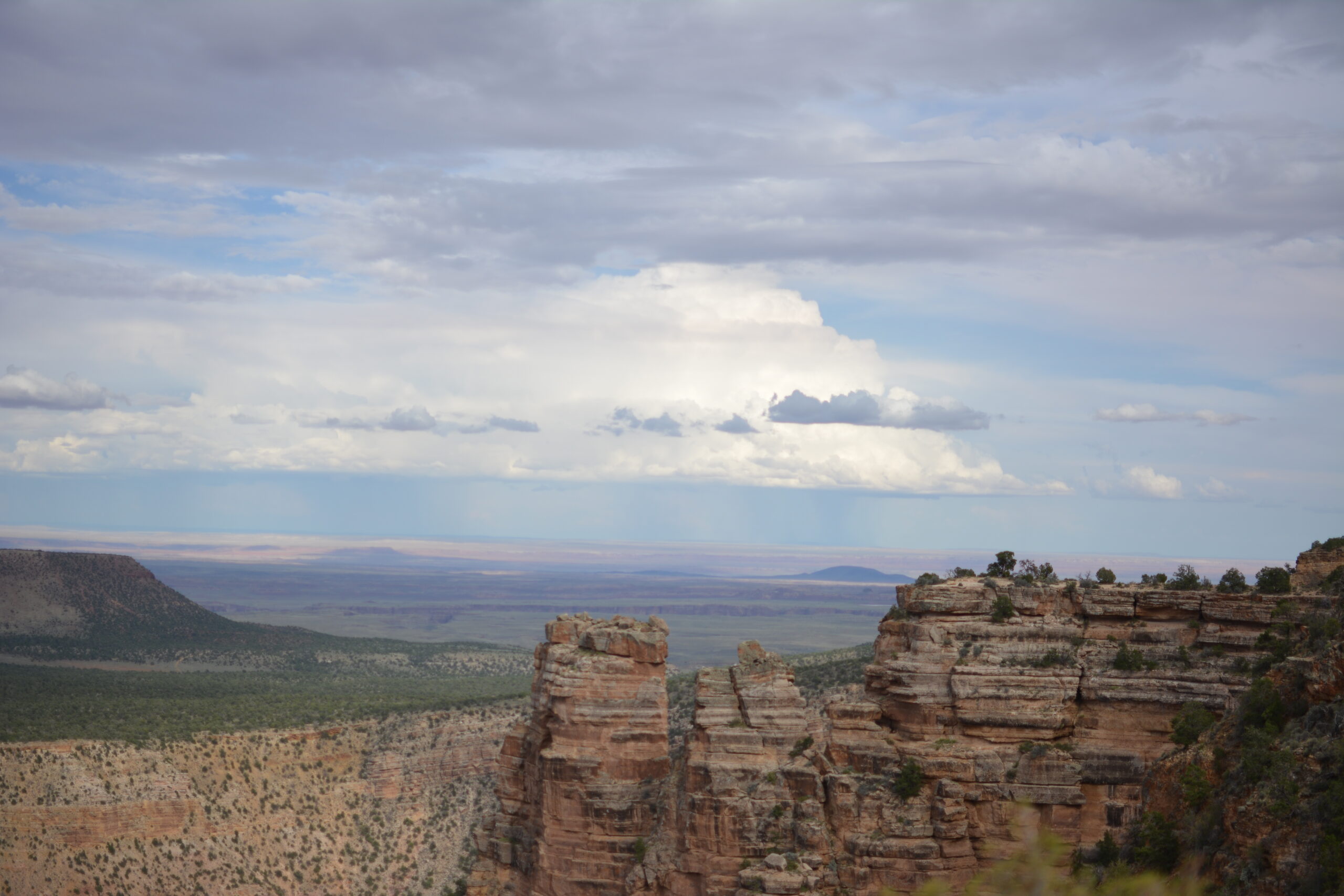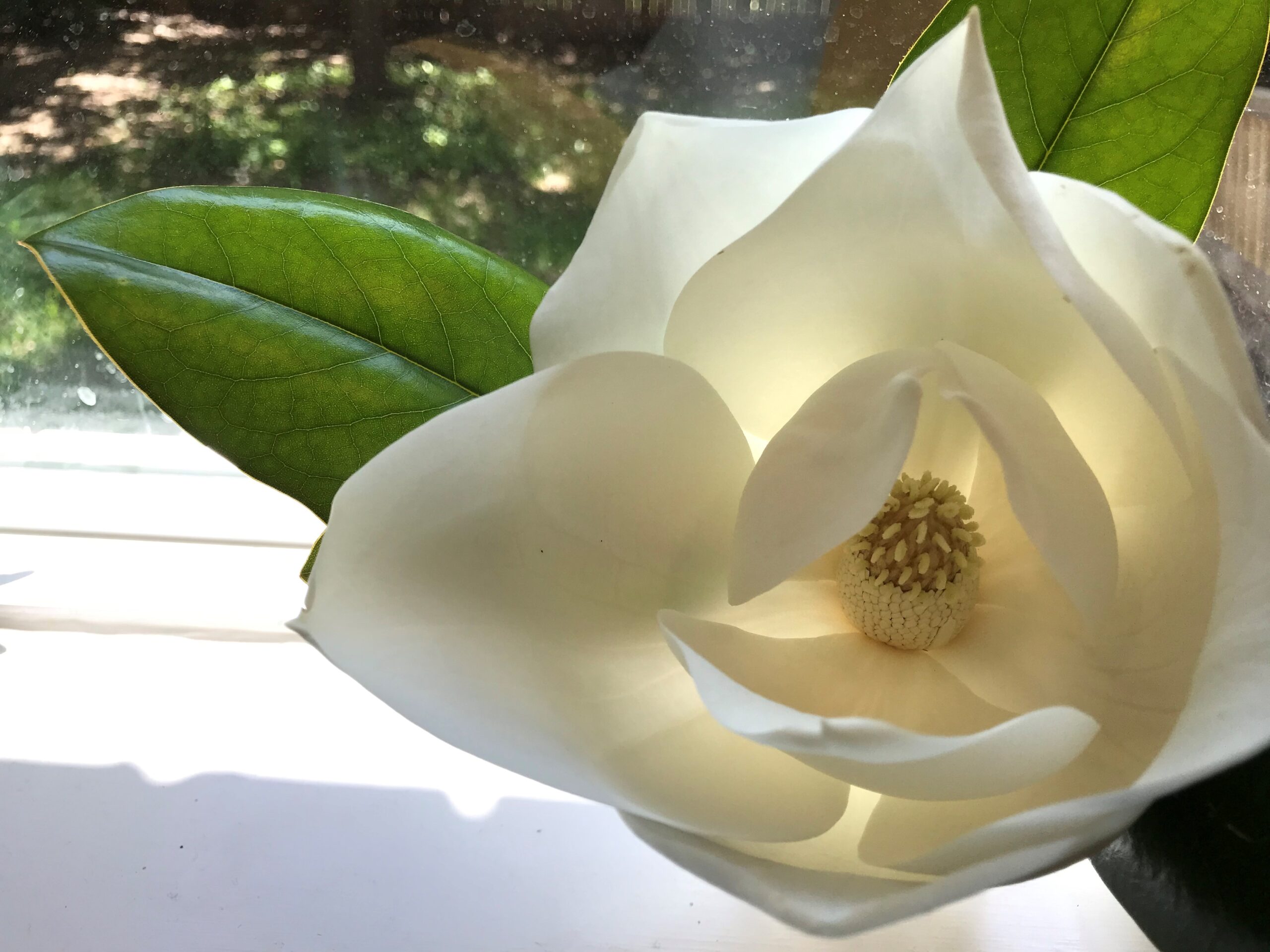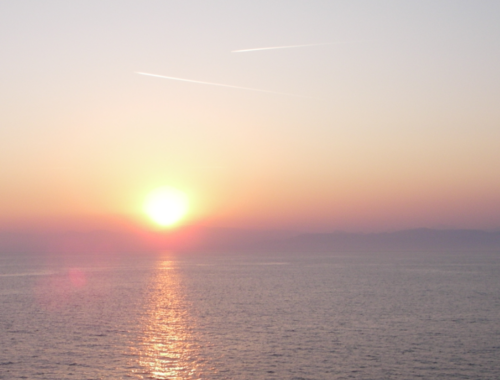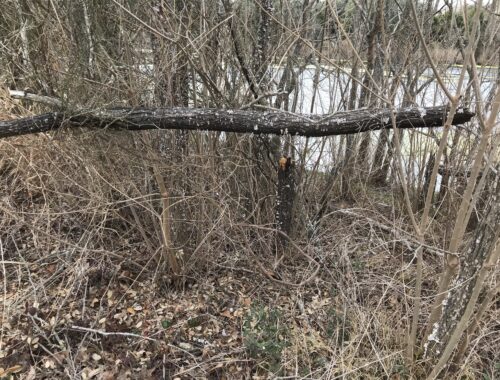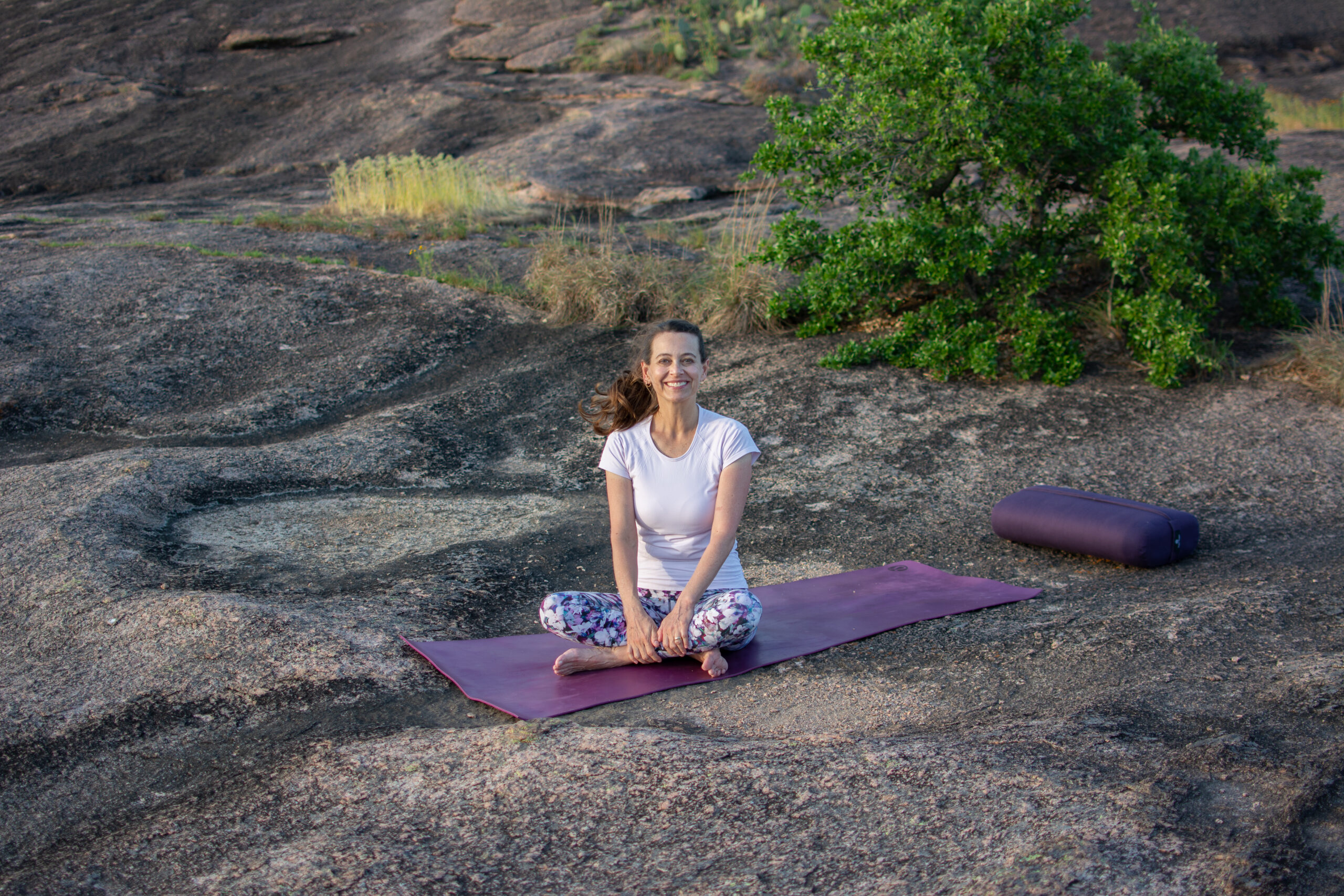
Easing into Yin
Yesterday was full of a variety of sorrows, and when I woke up this morning, I could locate exactly where in my body the residue of those feelings was stored: under my right shoulder blade, running up over my right shoulder and along the right side of my neck; deep inside my heart; on the outside of my hips. A targeted, early-morning yin sequence at home cleared my mind, lifted my spirits, and both eased and energized my body. My daily yin yoga practice has given me sensitivity to and awareness of the ways in which my body holds my thoughts and feelings as well as tools for addressing and resolving them, creating the possibility for a joyful conversation between my mind and my body and for optimal functioning in the rest of my life.
In many yoga studios—where the vinyasa flow style of yoga, set to the driving beat of a pop music soundtrack, is currently the most popular—yin classes are a side note (if they’re available at all) and often combined with restorative yoga (an altogether different form of yoga, if complementary to yin). Although my 200-hour yoga teacher training was in an ashtanga-influenced vinyasa program, I have found my greatest resonance with and passion for yin yoga, as a necessary balance to what can otherwise be a yang life, with its focus on rapid change and muscling through.
At Enchanted Rock Studios, yin is our central yoga offering to you.
Yin poses—or shapes—are influenced by hatha forms, although they are sometimes named differently. They are held in relative stillness for extended periods of time—from one to five minutes or more, depending on the pose—at the barely moving edge of intense sensation. The poses have the effect of being deeply energizing, but they require exploring discomfort (although never pain) during the extended hold. (Restorative yoga, on the other hand, seeks to offer maximum support to the body during extremely long holds—20 minutes or more—of focused rest.) As you allow your muscles to melt over your bones throughout the yin holds, you may experience a phase change—or a noticeable release—in your connective tissues, which may result in an increased range of motion. At the end of each pose, a one-minute rebound pose allows your body to recenter and recalibrate, and you’re able to trace a new flow of energy throughout the targeted areas. Your connective tissues, especially fascial structures, are among the primary beneficiaries of the practice, and it’s your fascia that can make the difference between feeling old and feeling young, whatever your biological age.
Aside from pose explanations and some gentle prompts and guides, the practice is quiet, allowing you to combine the poses with meditation and a curious exploration of your body, mind, and spirit. As Bernie Clark says: “Yoga…is an inward practice designed to build awareness, non-attachment, equanimity, and contentment. We do not use the body to get into a pose; we use the pose to get into the body.”
